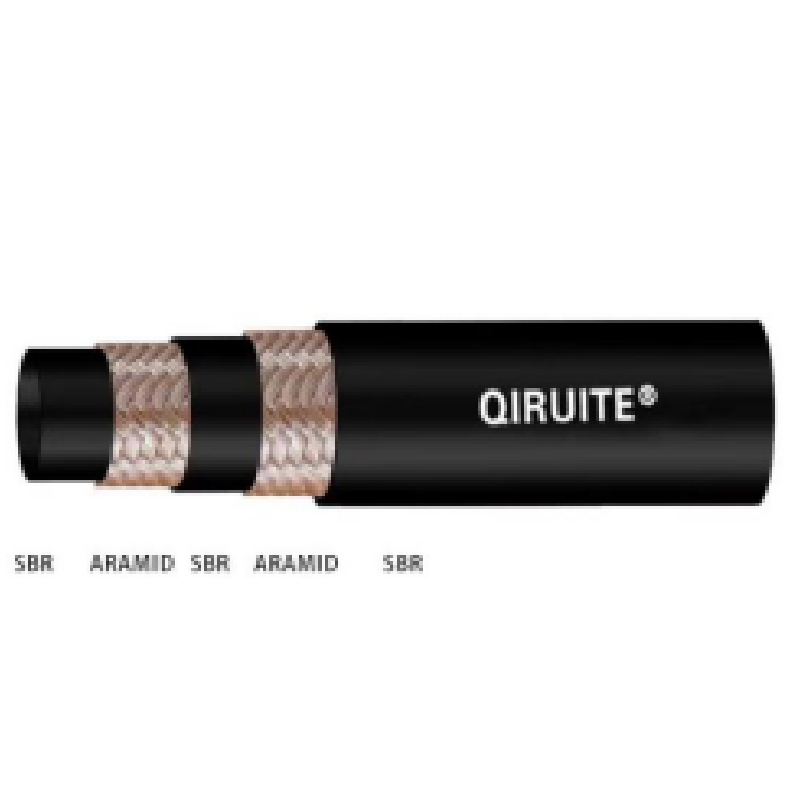low pressure power steering hose
Understanding Low Pressure Power Steering Hose Importance and Maintenance
The power steering system in a vehicle is critical for ensuring smooth and manageable steering. Among its various components, the low pressure power steering hose plays a key role in maintaining the fluid dynamics necessary for this system to function effectively. This article will discuss the importance of the low pressure power steering hose, its operation, common issues, and maintenance tips to ensure optimal performance.
What is a Low Pressure Power Steering Hose?
The low pressure power steering hose is responsible for transferring power steering fluid from the reservoir to the steering gear or rack and pinion assembly. Unlike the high-pressure hose, which deals with pressurized fluid from the pump to the steering gear, the low pressure hose operates at a much lower pressure. This distinction is essential, as high-pressure hoses are designed to withstand intense force, whereas low-pressure hoses handle the return fluid once it has circulated through the system.
Importance of the Low Pressure Hose
The low pressure power steering hose is critical to the vehicle's steering system's overall functionality. Without this hose, the power steering fluid wouldn’t be able to return to the reservoir after assisting with steering, which could lead to a lack of power steering assistance. As a result, steering would become much heavier and harder, turning a simple maneuver into a challenging task.
Furthermore, a well-functioning low pressure hose enhances the longevity of the entire power steering system. It ensures that the fluid remains uncontaminated and that the steering components are adequately lubricated. This, in turn, avoids premature wear and breakage, saving vehicle owners from costly repairs.
Common Issues
low pressure power steering hose

Despite their durability, low pressure power steering hoses can suffer from various issues over time. One of the more common problems includes leaks, which may result from wear and tear, environmental factors, or poor installation. A leaking hose not only compromises the power steering fluid level but can also lead to a drop in steering performance. Additionally, any leaks can cause air to enter the system, leading to further complications.
Another issue can be the cracking or hardening of the hose material. This typically occurs due to prolonged exposure to heat and chemicals, which can deteriorate the rubber. A compromised hose may burst under the stress of normal operation, resulting in loss of steering assist and potentially causing a dangerous situation while driving.
Maintenance Tips
Maintaining the low pressure power steering hose is crucial for the longevity of the steering system. Regular inspections should be conducted to check for signs of wear, leaks, or damage. Early detection of issues can prevent more extensive damage and costly repairs.
It's also important to examine the power steering fluid regularly. The fluid should be clean and free of debris; cloudy or dirty fluid can indicate contamination which could adversely affect the entire system. If any irregularities are noted, it may be beneficial to flush the system and replace the fluid.
Lastly, always seek professional help for any repairs or replacements. A certified mechanic will ensure that any new hoses are properly installed and that the entire power steering system is functioning optimally.
In conclusion, the low pressure power steering hose is a vital component of a vehicle's steering system. Understanding its function and maintaining it properly can greatly enhance driving comfort and safety. Regular checks, clean fluid, and prompt attention to any issues will ensure a responsive and reliable steering system for years to come.
-
Ultimate Spiral Protection for Hoses & CablesNewsJun.26,2025
-
The Ultimate Quick-Connect Solutions for Every NeedNewsJun.26,2025
-
SAE J1401 Brake Hose: Reliable Choice for Safe BrakingNewsJun.26,2025
-
Reliable J2064 A/C Hoses for Real-World Cooling NeedsNewsJun.26,2025
-
Heavy-Duty Sewer Jetting Hoses Built to LastNewsJun.26,2025
-
Fix Power Steering Tube Leaks Fast – Durable & Affordable SolutionNewsJun.26,2025

